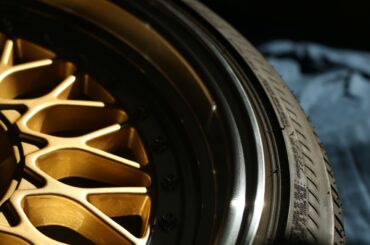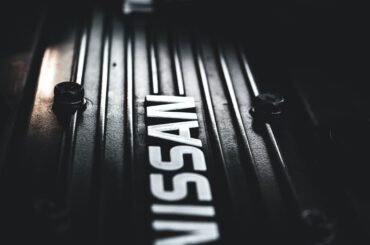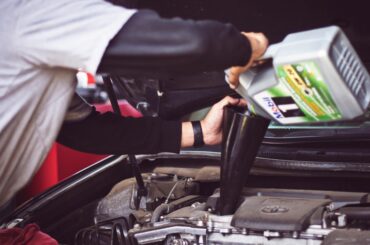Understanding the causes of car thumping during acceleration is crucial for every vehicle owner. This unsettling sensation affects the overall driving experience and can indicate underlying issues within the car. By familiarizing ourselves with the potential causes, we can take appropriate measures to address them, ensuring a safer and smoother ride.
Car thumping during acceleration can arise from various factors, including engine misfires, transmission problems, worn suspension components, issues with the drivetrain, and tire-related issues. Neglecting these problems can have serious safety implications, such as compromised control and handling, decreased braking efficiency, and an increased risk of accidents.
Moreover, the impact on the driving experience cannot be understated. The constant thumping sensation can cause discomfort and anxiety, making each journey less enjoyable. It can also lead to driver fatigue, which impairs concentration and reaction times.
To maintain safety on the road and enhance the overall driving experience, it is vital to identify and address the underlying causes of car thumping during acceleration. By doing so, we can ensure optimal vehicle performance, minimize safety risks, and enjoy a smooth and comfortable ride every time we get behind the wheel.
Contents
Engine-Related Causes
Engine Misfire:
When it comes to the thumping sensation during acceleration, an engine misfire is one of the primary causes. An engine misfire occurs when the combustion process in one or more cylinders is disrupted, leading to uneven power delivery.
A misfire can have several common causes, including faulty spark plugs, ignition coils, fuel injectors, or compression issues. Worn-out or damaged spark plugs may fail to ignite the air-fuel mixture properly, resulting in a misfire. Similarly, faulty ignition coils can disrupt the electrical current, leading to inconsistent combustion.
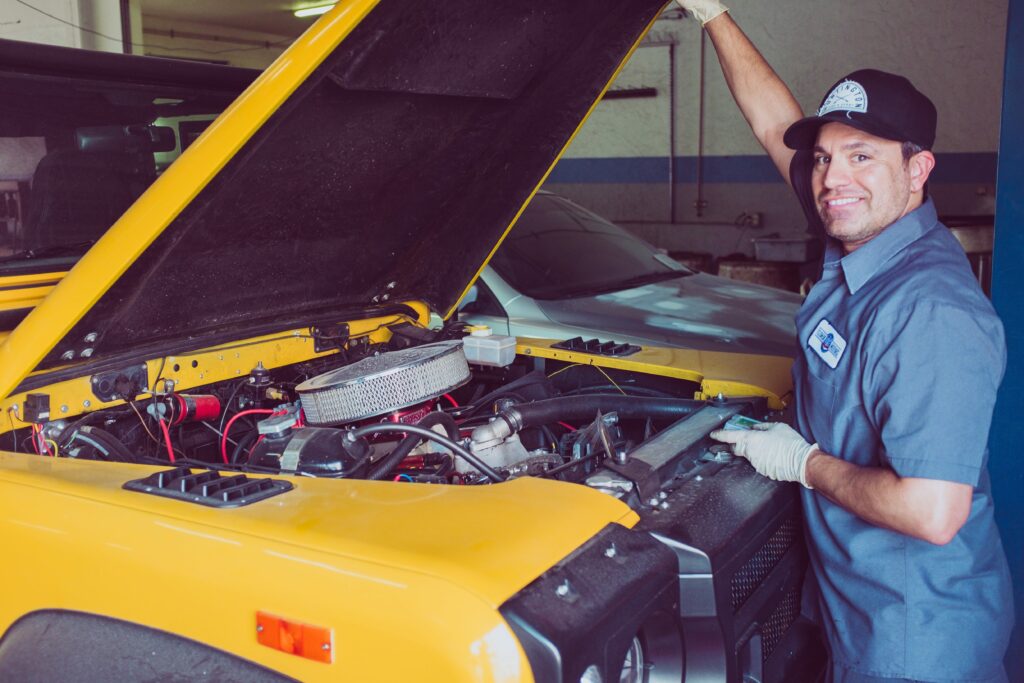
Issues with fuel injectors, such as clogging or leakage, can affect the fuel spray pattern, causing a misfire. Additionally, compression problems, such as worn piston rings or valves, can lead to inadequate cylinder compression, resulting in a misfire.
An engine misfire can be identified by observing various symptoms and signs, such as a noticeable loss of power, rough idling, hesitation or stumbling during acceleration, and increased fuel consumption. Sometimes, the “check engine” light may also illuminate the dashboard.
Professional diagnosis and repairs are essential for engine misfires. A skilled mechanic can perform a thorough inspection, utilizing diagnostic tools to pinpoint the specific cause of the misfire. Depending on the identified issue, repairs may involve replacing faulty spark plugs, ignition coils, and fuel injectors or addressing compression-related problems.
It is crucial to address engine misfires promptly to prevent further damage to the engine and ensure optimal performance and fuel efficiency. Ignoring a misfire can lead to increased emissions, reduced engine power, and potential long-term damage. Seeking professional expertise will help resolve the misfire effectively, restoring the engine’s smooth operation and minimizing the thumping sensation during acceleration.
Transmission-Related Causes
A. Low Transmission Fluid:
Insufficient transmission fluid levels can significantly impact vehicle performance, including causing a thumping sensation during acceleration. Transmission fluid serves multiple crucial functions, such as lubricating moving parts, providing hydraulic pressure, and facilitating smooth gear shifting.
When transmission fluid levels are low, it can lead to inadequate lubrication and increased friction within the transmission system. This can result in erratic gear shifts, slippage, and vibrations, leading to a thumping sensation. Regularly checking transmission fluid levels and ensuring they are within the recommended range is essential. If low fluid levels are detected, it is crucial to add the appropriate fluid as specified in the vehicle’s manual or consult a professional to address potential leaks.
B. Worn-out Torque Converter:
The torque converter plays a vital role in the automatic transmission system. It allows the engine to keep running while the vehicle is at a stop and transmits power from the engine to the transmission. A worn-out torque converter can cause thumping during acceleration.

As the torque converter ages or sustains damage, it may develop internal problems, such as worn bearings, damaged fins, or faulty clutch plates. These issues can result in an inconsistent power transfer, leading to vibrations and a thumping sensation. Signs of a worn-out torque converter include slippage, delayed engagement, and unusual noises.
Repairing or replacing a worn-out torque converter requires professional attention. A qualified mechanic can diagnose the issue and determine whether a repair or replacement is necessary. Rebuilding the torque converter or installing a new one can restore smooth acceleration and eliminate the thumping sensation.
C. Damaged Transmission Mounts:
Transmission mounts are crucial in reducing vibrations and securing the transmission to the vehicle’s chassis. They provide stability and minimize the transmission’s movement during operation. When transmission mounts become damaged or worn, they can no longer effectively absorb the vibrations generated during acceleration.
Damaged transmission mounts can result from normal wear and tear, excessive use, or physical impact. The effects of damaged mounts on acceleration include increased transmission movement, excessive vibrations, and the accompanying thumping sensation. A professional inspection is necessary to assess the condition of the mounts. If damage is detected, the mounts may need to be replaced to restore stability and minimize vibrations during acceleration.
Addressing transmission-related causes of thumping during acceleration is crucial for vehicle performance and driver comfort. Ensuring proper transmission fluid levels, addressing worn-out torque converters, and repairing damaged transmission mounts are key steps to eliminate the thumping sensation and maintain a smooth driving experience. Consulting a professional mechanic will help diagnose the issue and determine the necessary repairs or replacements.
Suspension and Drivetrain Causes
A. Worn Suspension Components:
A vehicle’s suspension system plays a critical role in providing a smooth and controlled ride. Various components, such as struts, shocks, and bushings, contribute to the suspension’s functionality. Over time, these components can wear out, leading to thumping during acceleration.
Struts and shocks help absorb bumps and vibrations, ensuring stability and comfort. Worn-out struts or shocks can lose their ability to effectively dampen the forces generated during acceleration, resulting in a thumping sensation. Additionally, worn bushings, which provide cushioning and allow for smooth movement, can contribute to the vibrations and impact the overall ride quality.
Signs of worn suspension components include increased bouncing or bouncing after hitting bumps, excessive body roll during turns, uneven tire wear, and a harsher or bumpier ride. If these signs are present, replacing the worn suspension parts is crucial. It eliminates the thumping sensation, improves vehicle stability, and ensures a smoother driving experience.
B. Driveshaft or CV Joint Problems:
For rear-wheel-drive or all-wheel-drive vehicles, driveshafts and Constant Velocity (CV) joints are integral components that transfer power from the transmission to the wheels. Damaged or worn-out driveshafts or CV joints can contribute to thumping during acceleration.
The driveshaft transmits rotational force, while CV joints allow flexibility and smooth power transfer at different angles. When these components become damaged or worn, they can produce vibrations that are felt as thumping during acceleration.
Diagnosing driveshaft or CV joint issues requires a professional evaluation. A mechanic will inspect the components for signs of damage, such as worn-out CV joint boots, excessive play, or noise during rotation. Depending on the severity of the problem, repairs may involve replacing the damaged CV joints or the entire driveshaft assembly.
Addressing driveshaft or CV joint problems is essential for a smooth and safe driving experience. Ignoring these issues can lead to further damage, including drivetrain failures and potential safety hazards. Consulting a professional mechanic ensures accurate diagnosis and appropriate repair options to eliminate the thumping sensation and maintain optimal drivetrain performance.
Vehicle owners can ensure a comfortable and safe ride by recognizing the importance of maintaining suspension components and addressing drivetrain issues. Regular inspections, timely replacements, and professional repairs are key to eliminating thumping during acceleration and maintaining the overall performance of the suspension and drivetrain systems.
Tire-Related Causes
A. Uneven Tire Wear:
Uneven tire wear is a common tire-related cause of thumping during acceleration. Several factors can contribute to uneven tire wear, including improper tire inflation, misalignment, worn suspension components, or aggressive driving habits.
Uneven tire wear can significantly impact vehicle performance and contribute to the thumping sensation. As the tires wear unevenly, they lose their ability to maintain proper contact with the road surface, leading to vibrations and instability during acceleration. This can result in a noticeable thumping feeling.
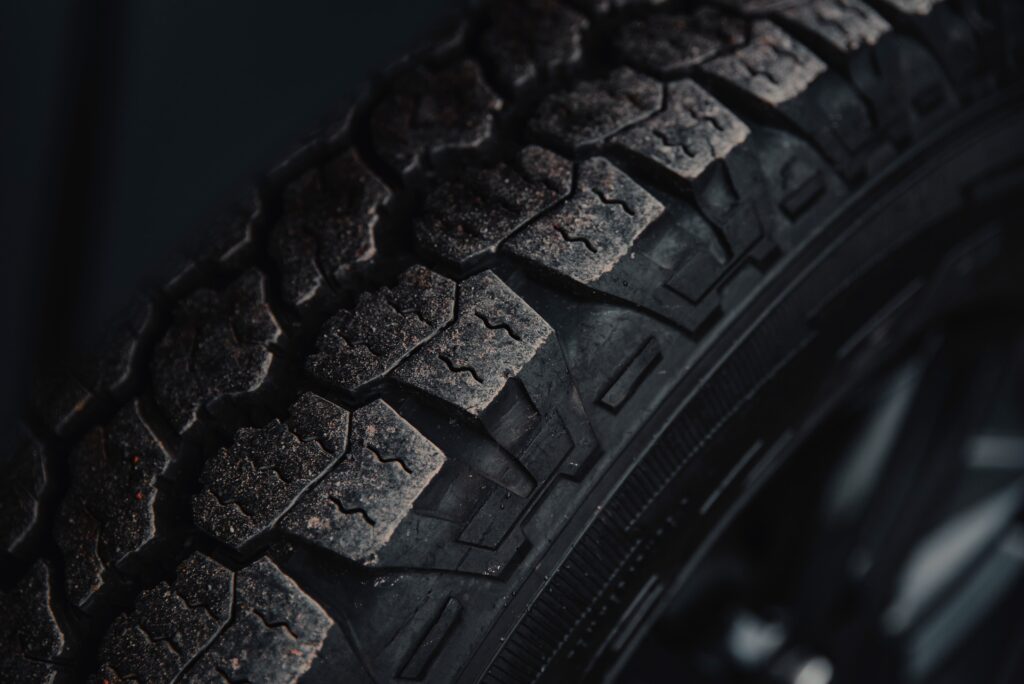
Regular tire inspections and maintenance are crucial to address uneven tire wear. Checking tire pressure, rotating tires at recommended intervals, and ensuring proper wheel alignment are important steps to prevent or minimize uneven tire wear. If uneven wear is present, replacing the affected tires and addressing any underlying issues is essential for a smoother ride.
B. Tire Imbalances:
Tire imbalances occur when the weight distribution around the tire and wheel assembly is uneven. This can be caused by tire tread wear, wheel damage, or improper tire mounting. Tire imbalances can lead to vibrations that are felt as thumping during acceleration.
Common symptoms of tire imbalances include steering wheel vibration, especially at higher speeds, and thumping sensations during acceleration. Balancing the tires involves adding small weights to the wheels to even out the weight distribution, eliminating the imbalance and reducing vibrations. It is recommended to have the tires balanced by a professional to ensure accurate results.
C. Damaged Tires:
Damaged tires, such as those with punctures, sidewall bulges, or tread separation, can also increase the thumping sensation during acceleration. Damaged tires can cause irregularities in the tire’s shape, resulting in vibrations and a rough ride.
Signs of tire damage include visible cuts, bulges, or cracks on the tire sidewall and nails or foreign objects embedded in the tread. Driving with damaged tires worsens the thumping sensation and poses safety risks, as the tire’s structural integrity is compromised. It is crucial to promptly replace damaged tires to ensure a safe and smooth driving experience.
Regular tire inspections, proper tire maintenance, and timely replacements are essential to prevent tire-related thumping during acceleration. By maintaining proper tire inflation, addressing uneven wear, balancing tires, and replacing damaged tires, drivers can enjoy a smoother ride and minimize the thumping sensation associated with tire-related issues.
Why does my car thump when I accelerating
Experiencing a thumping sensation during acceleration can be frustrating and concerning for car owners. Understanding the potential causes behind this problem is crucial for maintaining a safe and enjoyable driving experience.
Recapping the possible causes, we have explored engine-related factors such as misfires, transmission-related issues including low fluid levels, worn-out torque converters, and damaged transmission mounts, suspension and drivetrain problems such as worn suspension components and driveshaft or CV joint issues, as well as tire-related causes like uneven tire wear, tire imbalances, and damaged tires.
It is essential to highlight the importance of seeking professional diagnosis and repairs when dealing with thumping during acceleration. A skilled mechanic can accurately identify the root cause of the issue and provide the necessary solutions. Ignoring or attempting DIY fixes may worsen the problem or lead to safety hazards.
Proactive maintenance and regular inspections prevent thumping and other related issues. This includes checking engine components, monitoring transmission fluid levels, maintaining suspension components, and regularly inspecting tires for uneven wear or damage. By staying vigilant and addressing issues promptly, car owners can avoid potential thumping problems and ensure their vehicles’ optimal performance and safety.
A smooth driving experience is not just about comfort; it is also crucial for vehicle safety. Thumping during acceleration can compromise control, stability, and braking efficiency, posing a risk to the driver and others on the road. By addressing these issues, drivers can enhance their driving experience, reduce fatigue, and promote safety.
More Posts :
Mastering Control: Conquer the Spinning Steering Wheel Challenge in 2023!
Crucial Steps to Prevent Brake Pad Detachment for Unparalleled Safety in 2023



